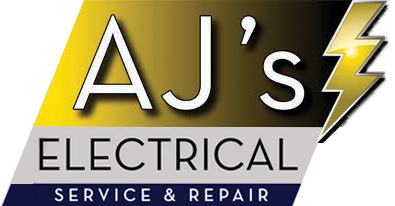The need for an electrical inspection can arise for a variety of reasons. An electrical inspection is typically required when purchasing a home, before starting a major renovation, or for insurance purposes. During an electrical inspection, a licensed professional will assess the safety condition of your home’s electrical system. When it comes to the frequency of electrical inspections, most homes 50 years or older will need a yearly inspection. On the other hand, newer homes should be inspected every 3-5 years.
Why Electrical Inspections Are Important
When owning a home, hazard prevention is key. Protecting your home from fire, electrical, and other safety hazards is a priority as a homeowner. An electrical inspection is a comprehensive examination of all your electrical system’s components, including wires, circuit panels, electrical boxes, and electrical appliances. The inspection verifies that your electrical system meets the minimum requirements for electrical safety and standards according to the electrical code.
The Basics of Electrical Inspections
During an electrical inspection, a home inspector will examine elements of the home’s electrical system, including wiring, GFCI outlets, and the electrical panel, to ensure that the working condition of the system is safe and complies with electrical standards.
With electrical inspections, you can expect the inspector to perform a visual check of the system, review documents, permits, and receipts of work completed, test the electrical components, and assess if there are any signs of damage to the system, wiring, and appliances.
Upon inspection completion, the inspector will compile a detailed report of their findings. The report will include notes of any electrical violations, recommendations for corrective action, and a summary of the overall condition of the electrical system. If your electrical system fails inspection or the inspection reveals a problem, your electrician will need to correct it, and your system will have to be inspected again.
The costs associated with correcting errors in your electrical system can vary based on factors such as location, the extent of the issue, and the requirements of the electrical system. Here are some estimates for common electrical repairs that may be required after a failed inspection:
- Correcting Code Violations: Costs to correct code violations can range from $200 to $1,000, depending on the severity of the code violation.
- Upgrading Electrical Panels: If the electrical panel needs to be replaced or upgraded, the cost can range from $2,000 to $6,500.
- Replacing Outlets and Switches: Typically, it may cost $75 to $150 per outlet or switch to replace.
- GFCI Installations: GFCI outlets are essential for preventing electrical shocks and fires and usually cost $150 to $300 per outlet.
- Wiring Repairs or Replacements: Damaged wire replacement can range from $500 to $2,000 or more, depending on the level of damage to the wiring.
If you need an electrical inspection, we can help! With over 60 years of combined experience, our team can guide and support you with your inspection. Contact us today!

